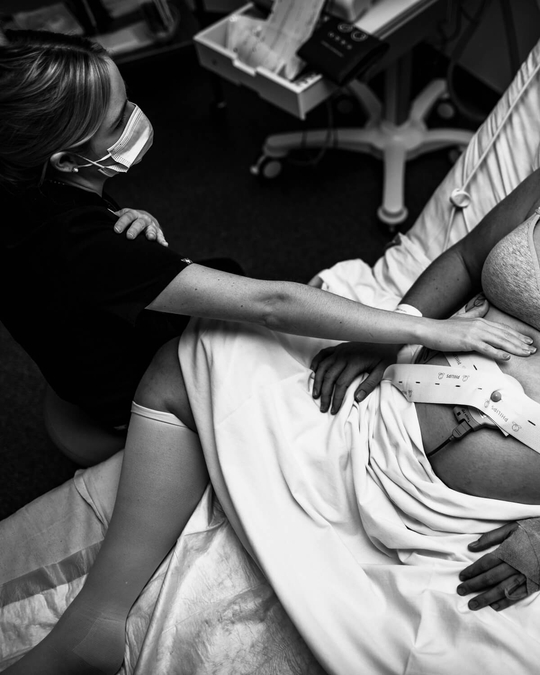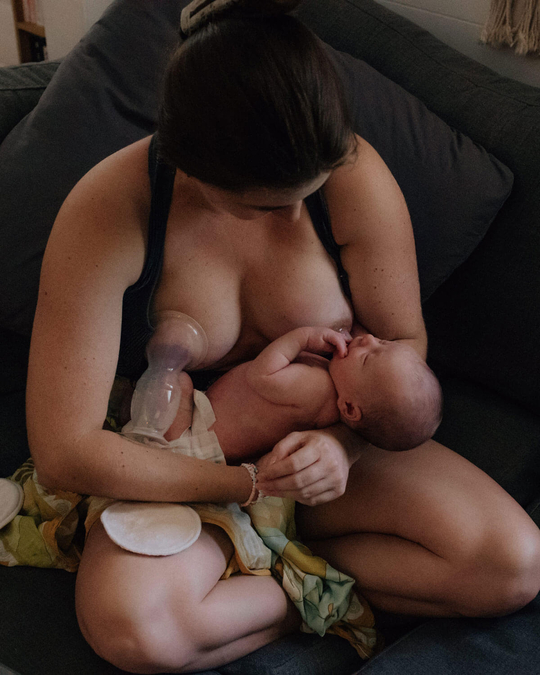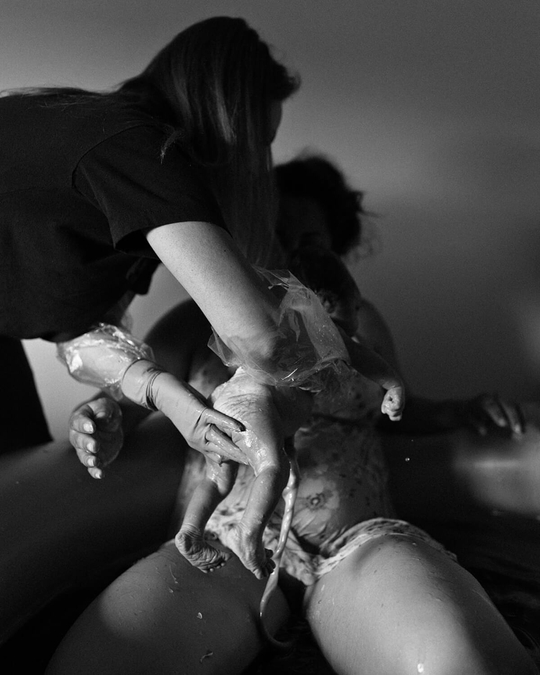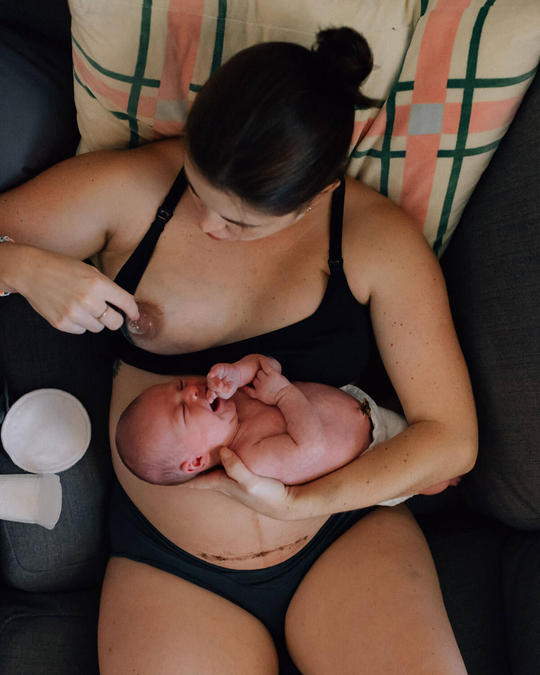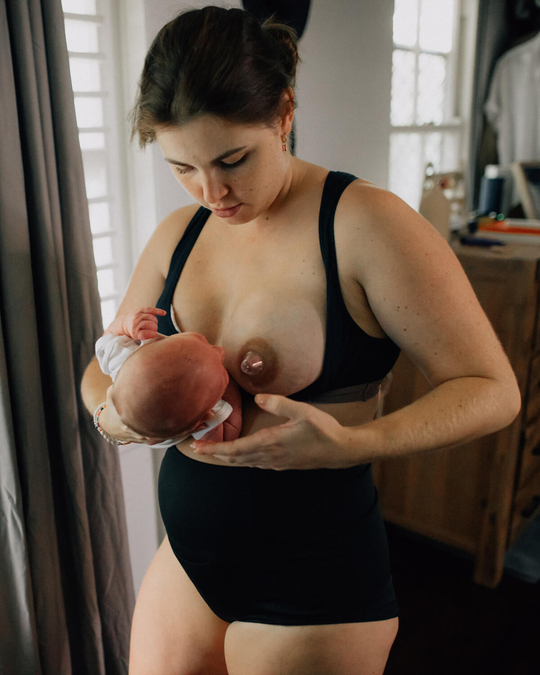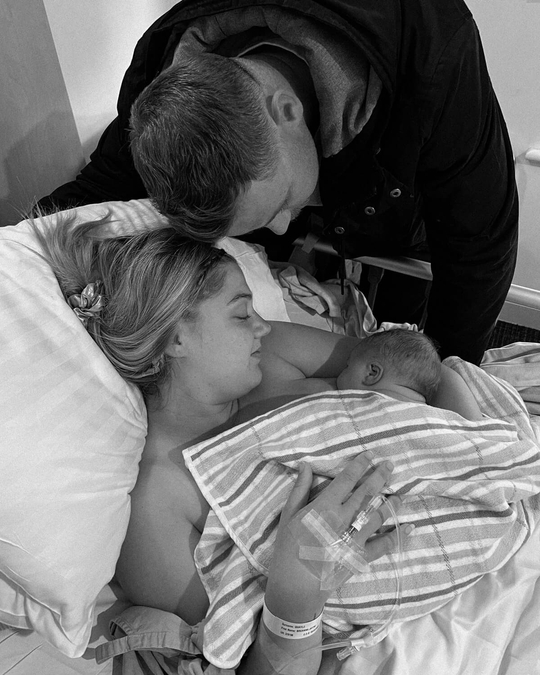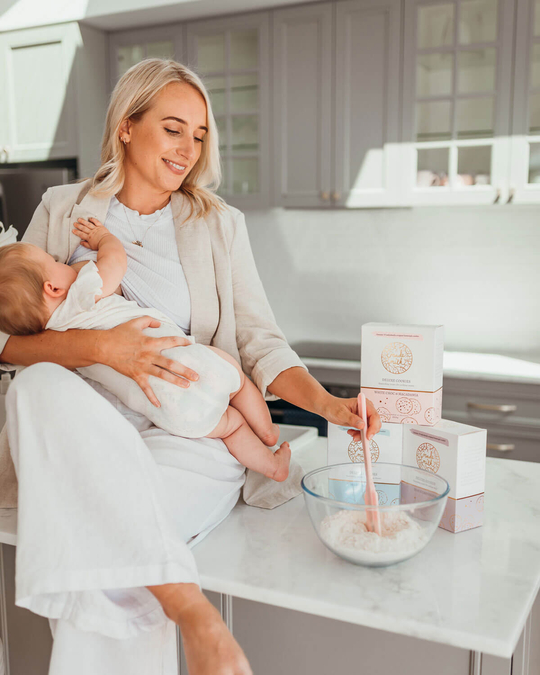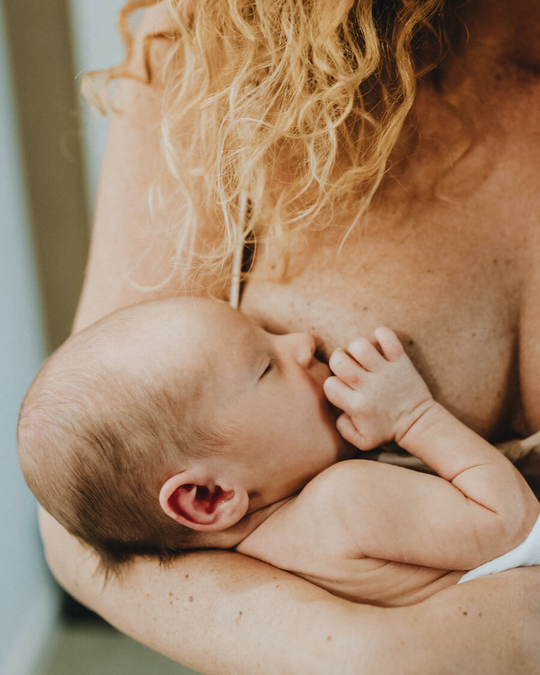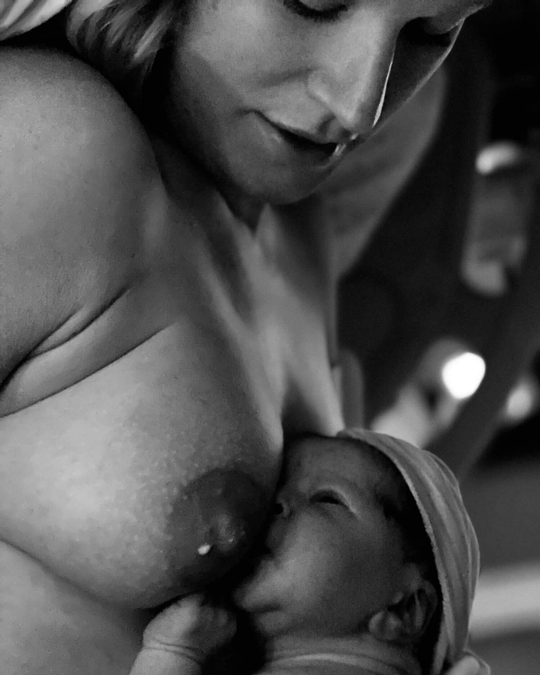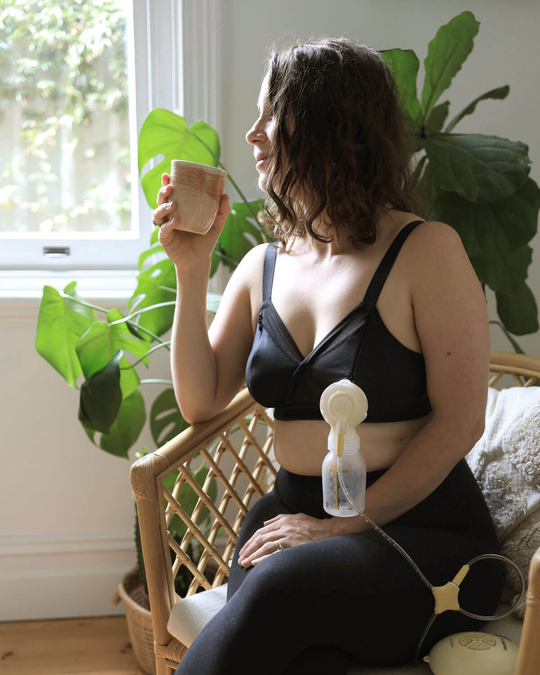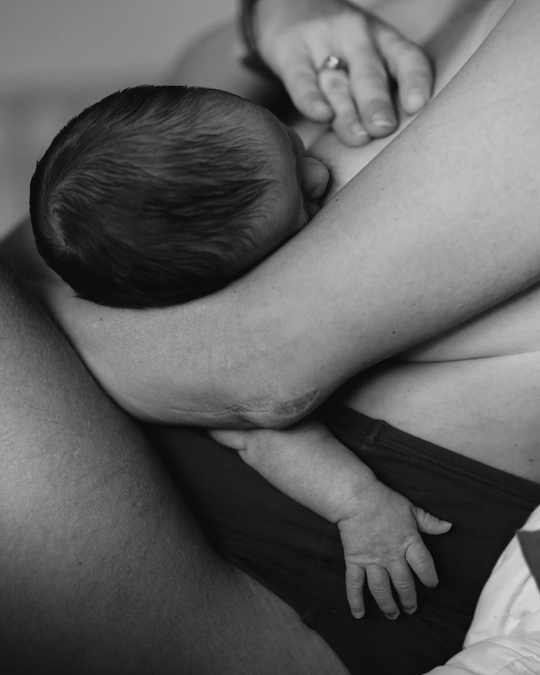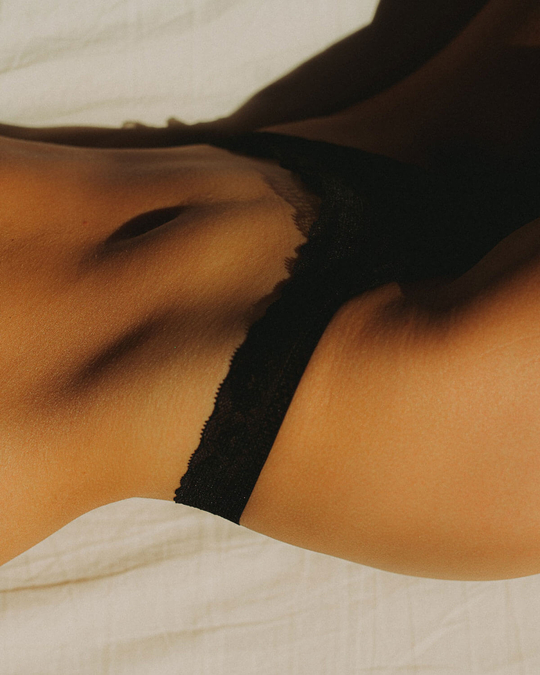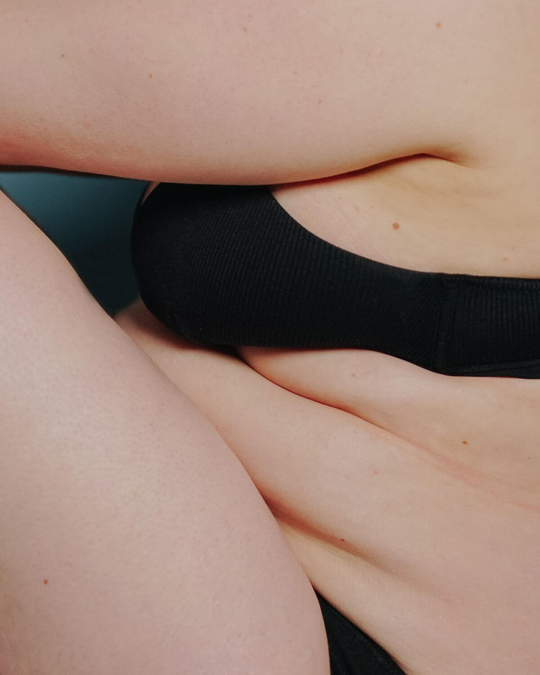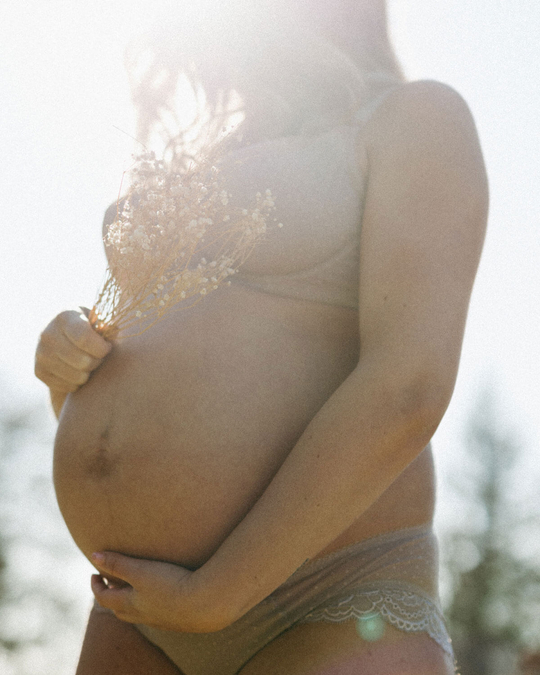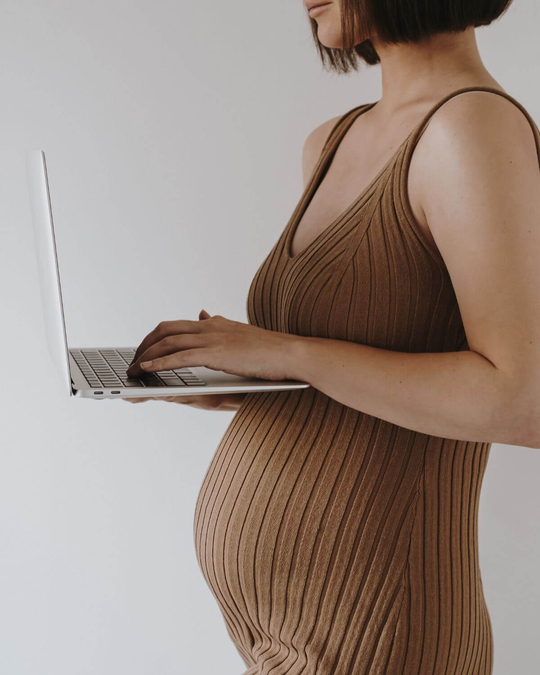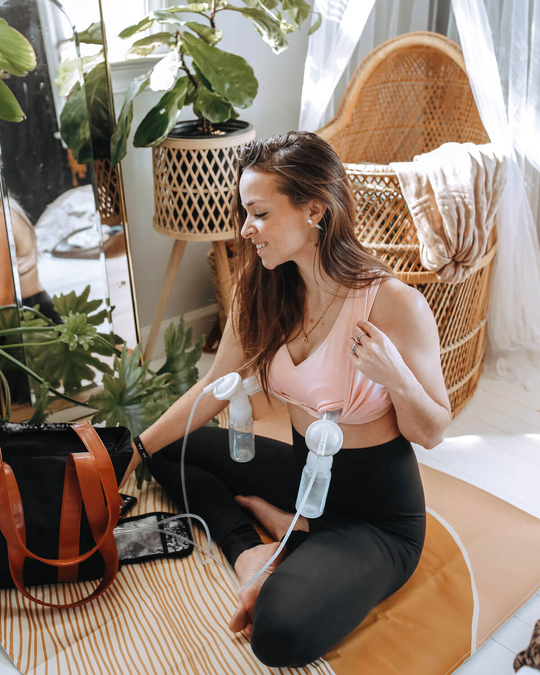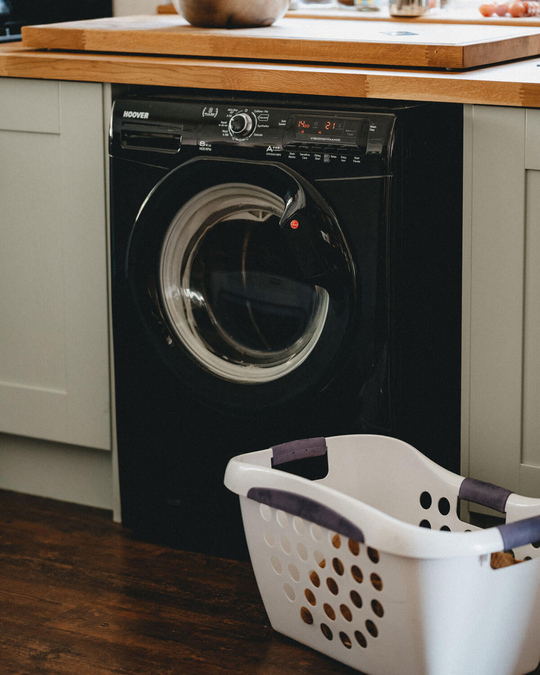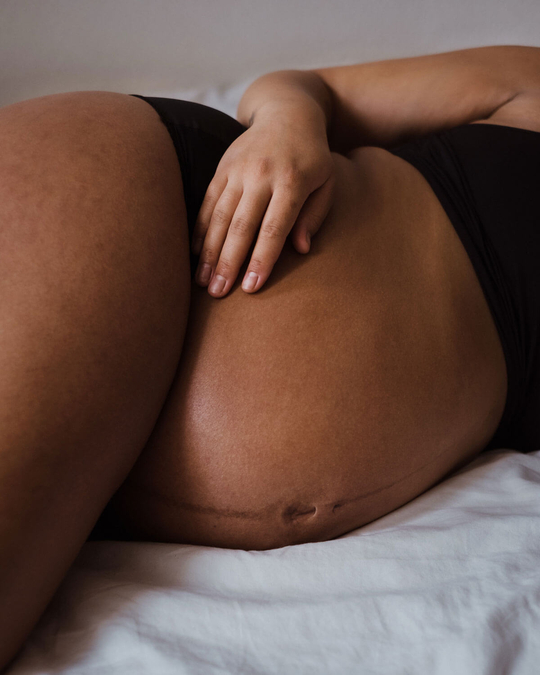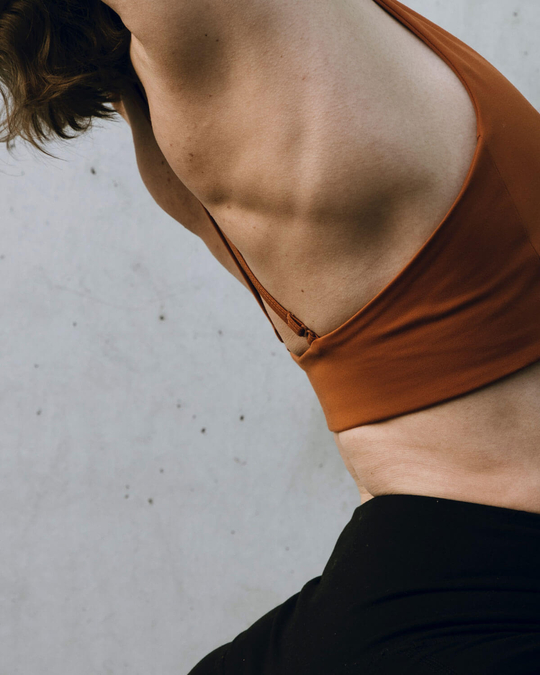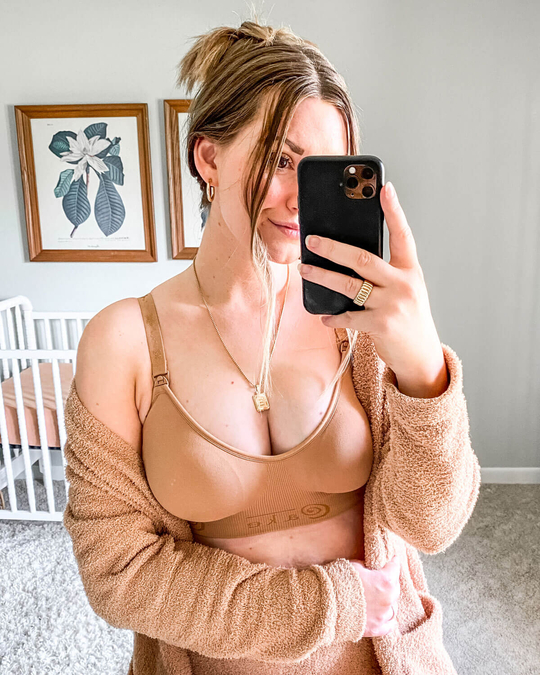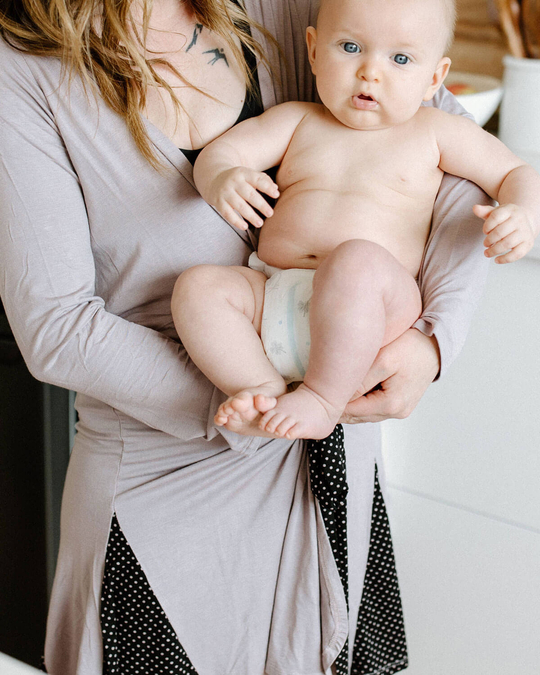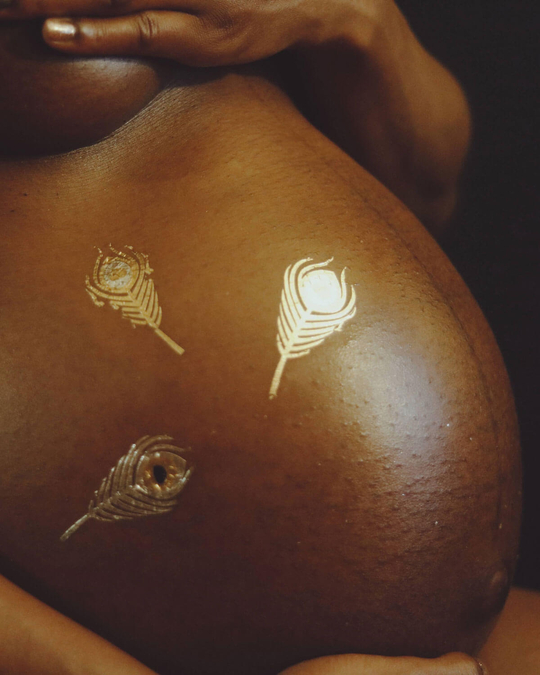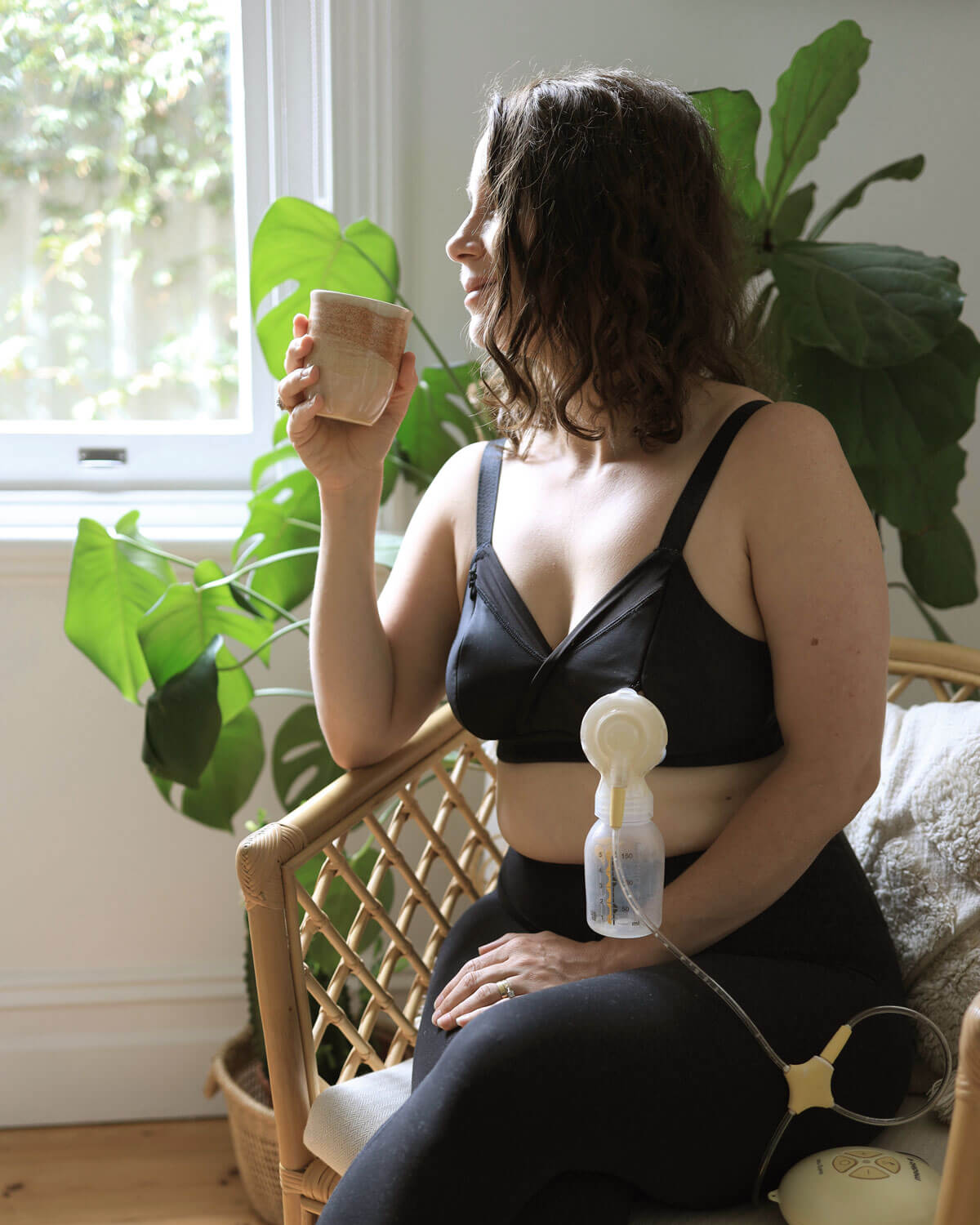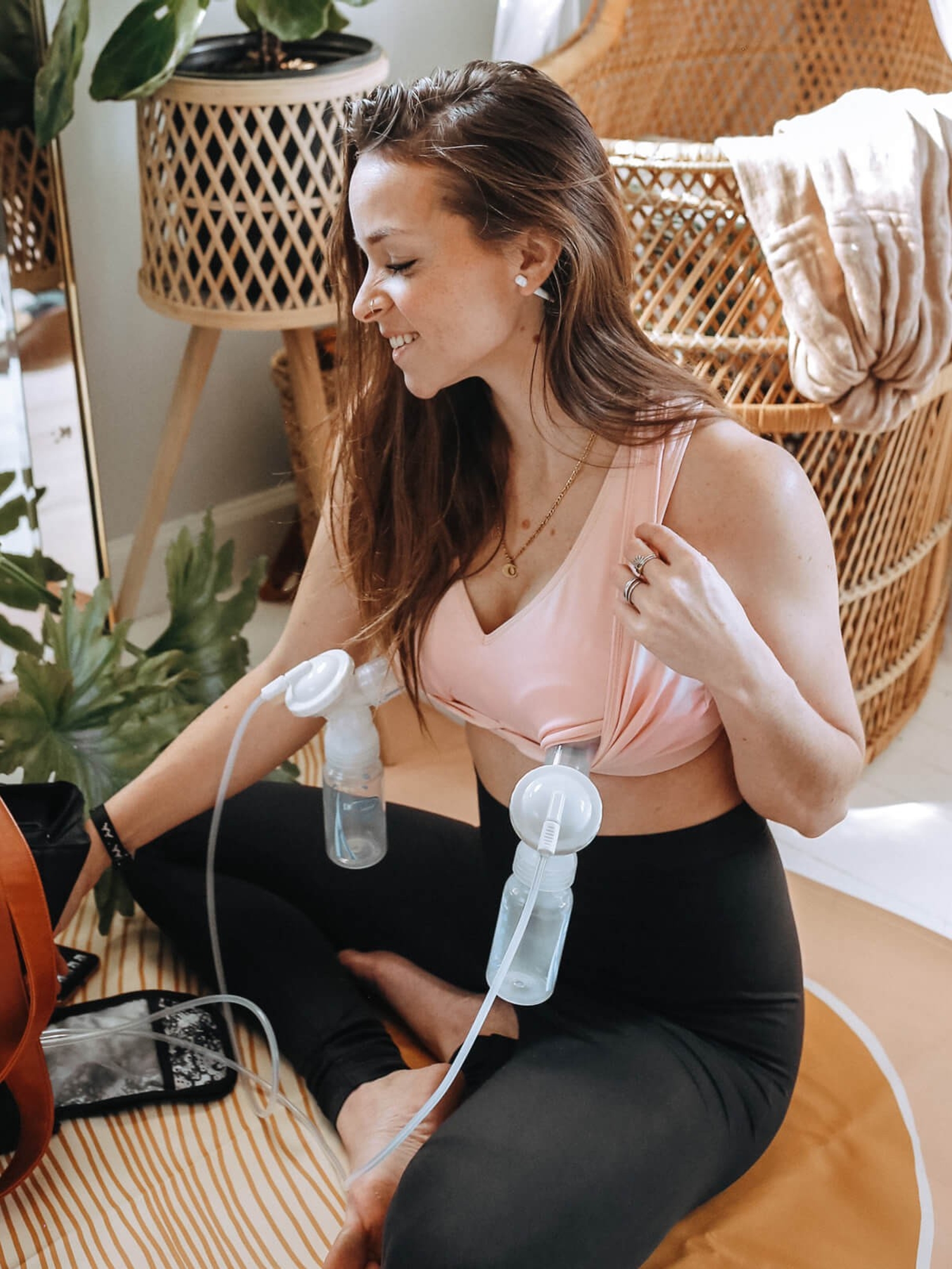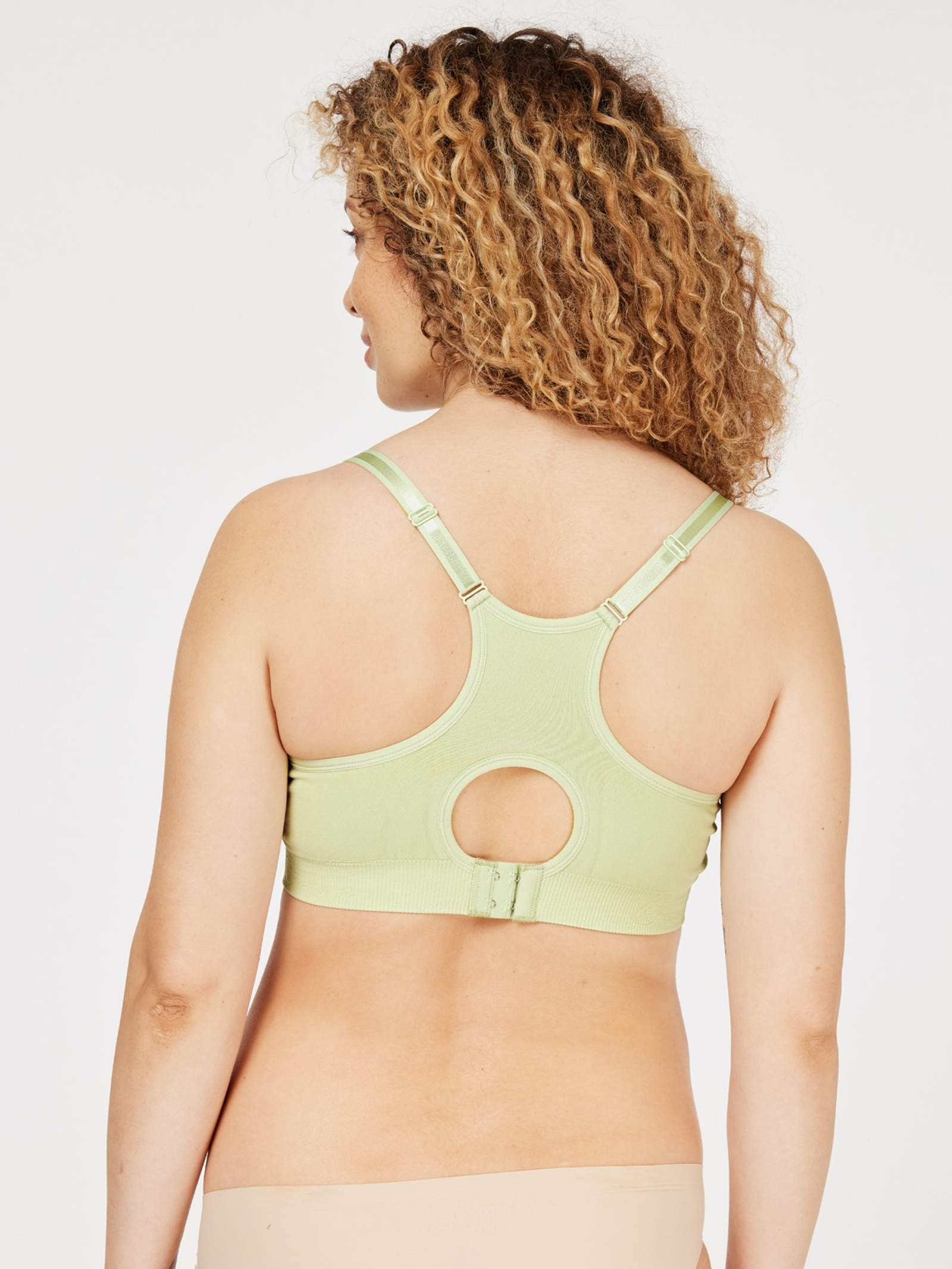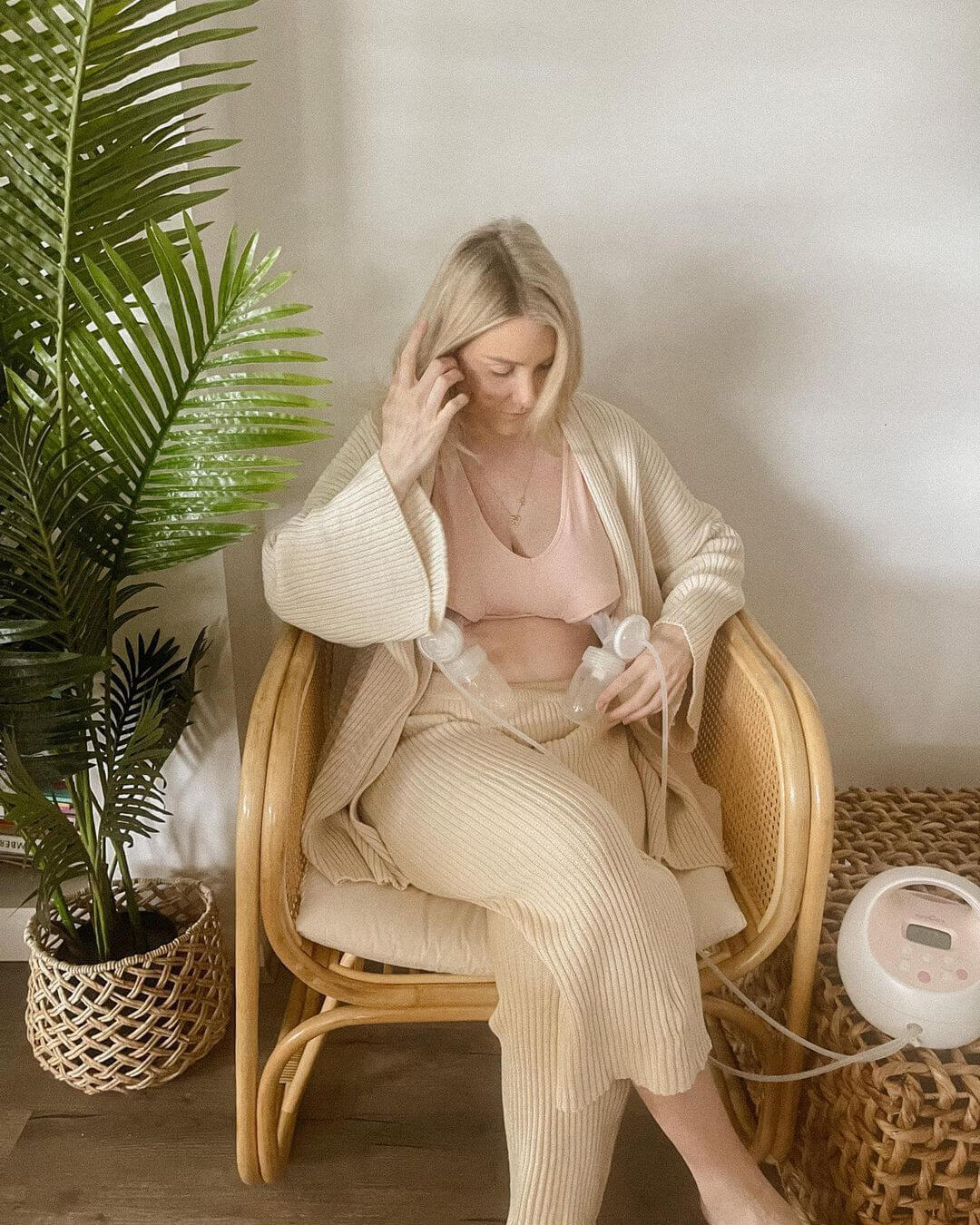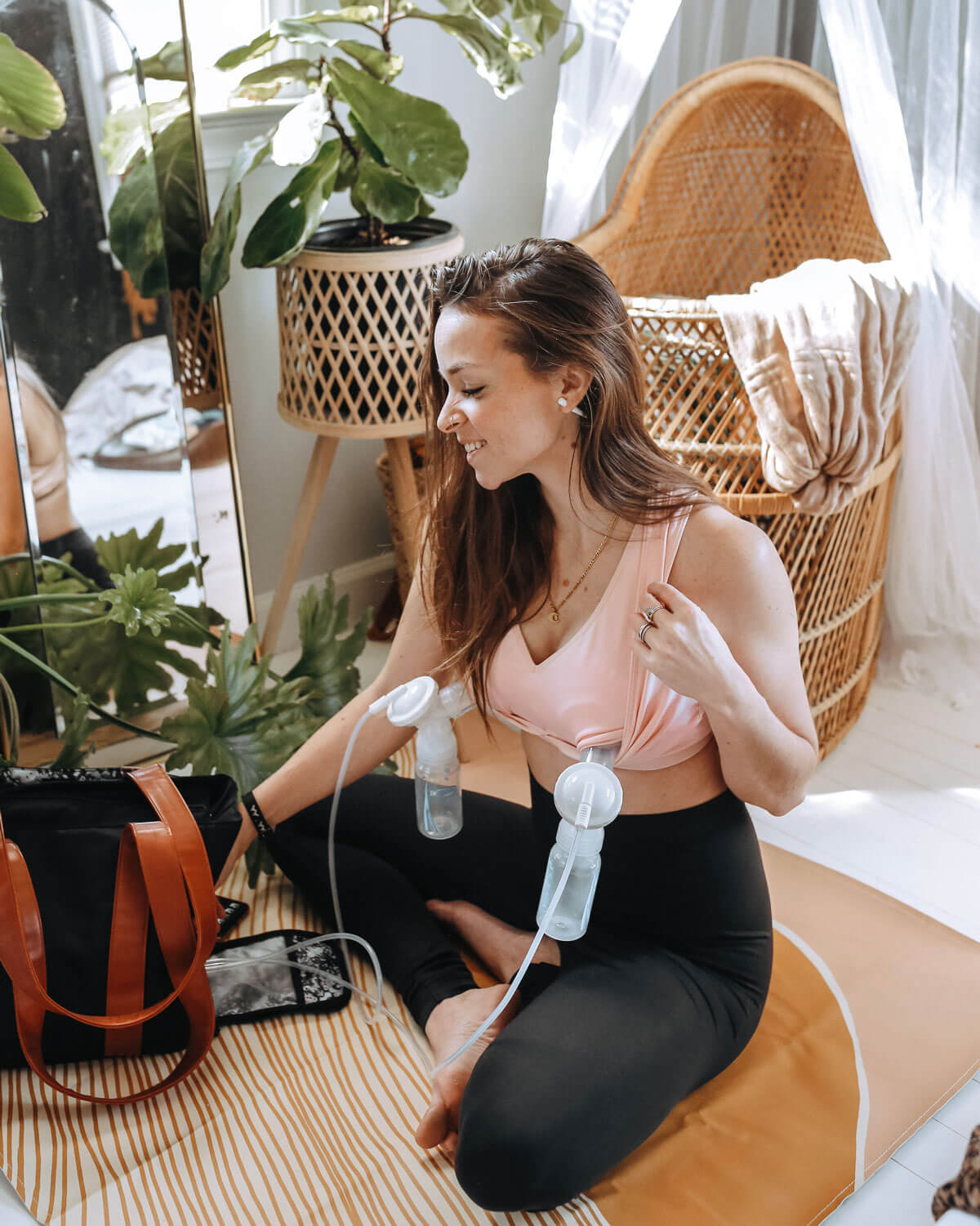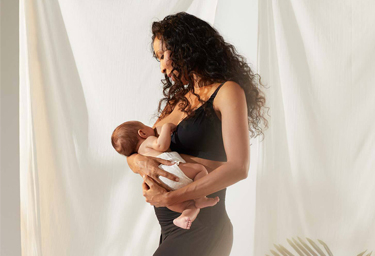Whether you’re struggling with your milk supply, leaving your baby for a period of time or sharing the feeding load with someone, chances are you’re going to pump at some point during your motherhood journey.
That’s why we’ve teamed up with our resident International Board Certified Lactation Consultant, Jaren Soloff, to answer all of our Cake Mama’s most common pumping questions! So for all the As to your Qs, keep on reading.
What is exclusive pumping?
No matter how you might have arrived at the place where you decide to exclusively pump, learning how to exclusively pump is essential to meeting your goals! Many women come to exclusively pump after a series of challenges with breastfeeding. Others come to the decision if they need to pump while travelling away from the baby either for work or pleasure.
Babies are fed exclusively from the milk a mother pumps which can be achieved via an electric breast pump and provided to the baby through different forms such as a supplemental feeder, bottle or sometimes even cup feeding. Since the baby is not directly feeding at the breast, maintaining milk supply when exclusively pumping means that frequent pumping is essential. It also means that exclusive pumping is a huge labor of love to provide liquid gold to your baby! However you have arrived at the decision to exclusively pump, being armed with the right tools and answers to all of your questions from a skilled lactation professional is essential.

How hard is it to exclusively pump?
It’s no question that motherhood is really one of the most challenging seasons of life a woman will walk through, and when you make the decision to exclusively pump it can be fraught with an added layer of responsibility as you navigate life as a new mom.
Many moms wonder how hard it is to exclusively pump, and the answer is really relative. Since many moms encounter some challenges on their way to deciding to exclusively pump such as: latching issues, lack of breastfeeding support, preterm or low birth weight infants or the need to have a caregiver provide milk – deciding to pump in comparison to these stressors might seem like a relief.For others, the constant need to have to pump frequently (every 2-3 hours) can feel restrictive and difficult to maintain.
If there is one common streak that aligns breastfeeding and pumping moms it is that their dedication to provide liquid gold to their baby helps make carrying this burden worthwhile. If you are making the decision to exclusively pump, working with an IBCLC (lactation consultant) is highly recommended to help you navigate any challenges that may arise specific to exclusive pumping.
Does exclusively pumping make you tired?
One of the challenges exclusively pumping mamas face is that our bodies may respond differently to the pump vs when feeding our baby. When we are breastfeeding we experience a let down response where milk is released from the breast tissue. When we pump, the hormonal let down response is a bit different than if you are looking down and snuggling up your cute baby who is breastfeeding!
You can still stimulate a let down response by:
- Looking at photos of your little one while pumping by keeping photos and videos on your phone.
- Keeping a piece of their clothing nearby (the smell can help your body relax and trigger a let down response).
- Keeping yourself relaxed by setting up a pumping station with snacks, water, entertainment (a book, something to listen to etc).
The sheer frequency of pumping that is required to maintain a milk supply while exclusive pumping is enough to make any human tired. On top of that, the energy required to deal with the pump parts, milk storage and feeding the baby via an alternative method add to the fatigue.
To help with the fatigue of exclusive pumping, here’s some tips to make your life a bit easier!
1. Ensure you have additional pump parts.
There is nothing worse than sitting down to a pump session and realizing that you are missing your pump flange or tubing, and even worse – having to miss the pump session and be painfully engorged!
Purchase extra supplies so that you can always have a backup. That way if you don’t get around to washing the parts before your next session, you don’t have to! Because the reality is that when you are pumping you will ALWAYS have dishes/parts to wash.
2. Grab a few quality pumping bras.
Quality pumping bras are essential to helping you go hands free while pumping. You should choose a bra that has soft material and is easy for you to move your flanges in and out of when pumping. As with the pump parts, it’s essential to have back up options so that you always have one on hand.
3. Stay well nourished and hydrated.
Pumping requires the same level of energy (if not more) as breastfeeding, so staying well nourished to produce adequate milk is essential. Keep energy dense foods on hand for when you pump and always keep a water bottle nearby for you to sip on.
Some easy options you can snack on one handed while pumping include:
- Mixed nuts
- Dried fruit
- Energy bites or protein bars
- Whole grain seed crackers with hummus + veggies
- Cheese sticks
- Greek yogurt with fruit
4. Ensure you are using a quality pump.
The type of pump you need will depend on how frequently and where you need to use it. If you are an exclusive pumper it is no question that a double electric pump will be best suited to meet the frequent pumping that will be required. On the other hand, pumping only every once in a while to let your partner give the baby a bottle will only require a single electric pump or even a hand pump since it will be used less frequently.
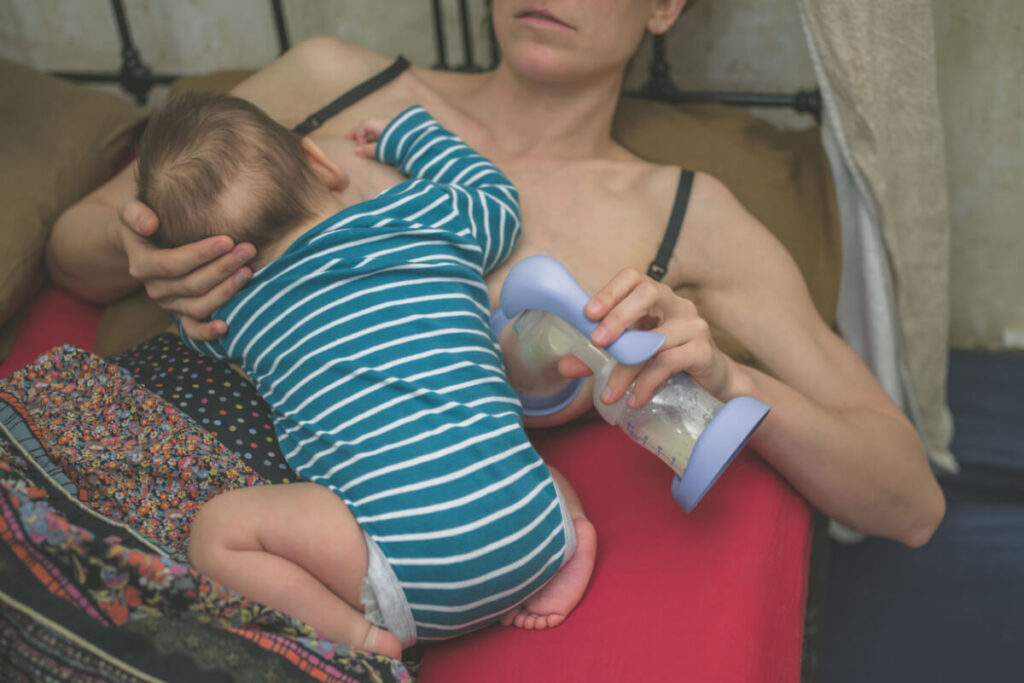
What are the side effects of breast pumping?
Pumping frequently can increase your chances of experiencing some of the following:
- Tender breast tissue from frequent breast stimulation. You can use nipple butter and/or silverette nursing cups in between sessions to help soothe tissue.
- Potential for clogged milk ducts and mastitis if milk is not removed frequently enough. While pumping, practice breast massage to help reduce your chances of clogged ducts. You can also consider taking a sunflower lecithin supplement to help prevent any clogged ducts while pumping.
- Breast engorgement when a pumping session is missed. Missing a pump session is often inevitable. If you happen to miss a session and are feeling painfully engorged, you can hand express milk to help relieve breast fullness until you can pump next.
- Milk blebs, where a nipple pore gets blocked and becomes painful. To help prevent these, practice regular breast massage starting at your armpit area down to your nipple area.
- Last but not least is the side effect of the psychological stress that can be created by pumping. It certainly can feel restrictive to have to be limited to outings that can only last 2-3 hours before needing to pump again. While many moms do get creative with options to allow them to be on the go by using battery operated pumps, storing milk in coolers etc, there’s a certain level of mental occupation pumping requires.
How do you keep breast milk when travelling?
If you are pumping and travelling, keeping your breast milk properly stored is essential to making sure you save every precious ounce! If you are pumping throughout the day and away from home, the best way to store your milk is in a cooler with ice packs. You can store your milk in breast milk storage bags or pumping bottles/containers until you get home and transfer it to longer term storage in the fridge or freezer.
Keep these storage tips handy to reference:
- Breastmilk can be stored 5 days in the fridge or up to 6 months in the freezer. Breastmilk cannot be refrozen after it has been thawed for use, but don’t waste a drop of that precious milk! You can use breast milk for breast milk baths to help soothe baby’s skin with all of the amazing healing properties.
- It’s ideal to store your milk in 2-4 ounce portions to avoid wasting any, that way you can always thaw more if your baby needs more after a feeding.
- Once you’ve allowed your breastmilk to come to room temperature or heated it up for your baby, it does need to be used within 2 hours as the bacteria amount after this time frame can accumulate.

What are the best tips for pumping while travelling?
If you are planning a trip away (yay!) but want to ensure you can pump and store milk for your baby, you can practice:
- Continuing your usual pumping session to maintain your milk supply (every 2-3 hours).
- Safe storage guidelines as mentioned above, storing milk in a refrigerator you have access to. Your hotel may be able to store your breastmilk for you and provide you with the contents upon your departure if your accommodation does not allow you to store your pumped milk.
- Having a quality nursing cover can be a great tool for when you are travelling, both if you need to pump while on a flight and would like to do so discreetly or for any times you may be away from your travel accommodations.
- To get your milk back home you may need to utilize a larger cooler or you can consider shipping your milk back to your destination via the nearest shipping center such as USPS or FedEX, who will pack and ship your milk home.
No matter how you are feeding your baby, deciding to provide your baby with breastmilk is one of the biggest commitments you might choose to make as part of your motherhood journey. While exclusive pumping, partial pumping and everything in between requires extra layers of tools and responsibility, we hope that we can make your pumping journey even a little bit easier to support you in your goals!
LIKE WHAT YOU READ?
Join CakeMama Club & get 10% OFF your first order!
Plus you’ll get tips + tricks for pregnancy, postpartum & breastfeeding, get member-only offers, earn CakeCoins every time you shop + more. Learn more









